Tales of the supernatural are so often associated with castles up and down the country that one half expects to find some ancient law still on the books, legislating it.
While a guide to the country’s haunted castles could fill several leather-bound volumes, here are five of the best if you’re looking for some historical horrors.
Peter The Great – Schloss Schwerin, Mecklenburg-Western Pomerania
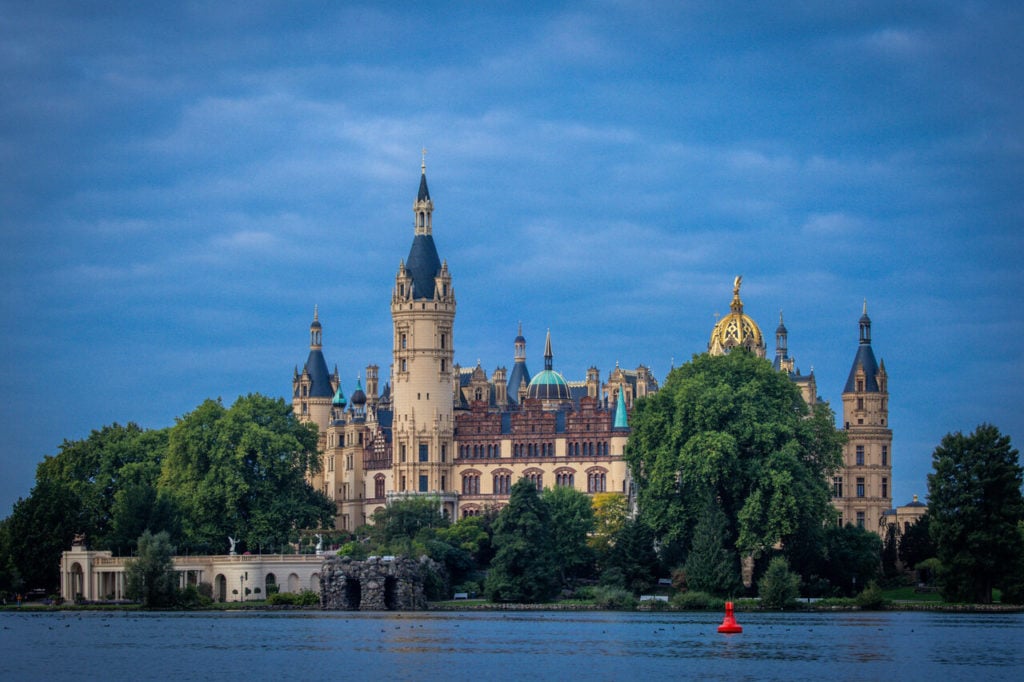
You can’t make any list of Germany’s spookiest castles without mentioning Petermännchen, undisputedly the country’s most high-profile castle ghost.
This pint-sized poltergeist, depicted as a little person in cavalier costume, has defended the cellars of the ancient castle at Schwerin for centuries – indeed, he’s depicted in art in the castle from as early as the 17th century, when legends say he terrorized military commanders who commandeered the fortress during the Thirty Years War.
Throwing objects, making noises and, if one story is to be believed, urinating on a sleeping General, Petermännchen is said to have ensured that nobody who does not have the best interests of the castle in mind could stay there.
Of course, some have suggested that this story was just a cover for the actions of recalcitrant soldiers, but those people are spoilsports.
Hell Hath No Fury – Spandau Zitadelle, Berlin-Brandenburg
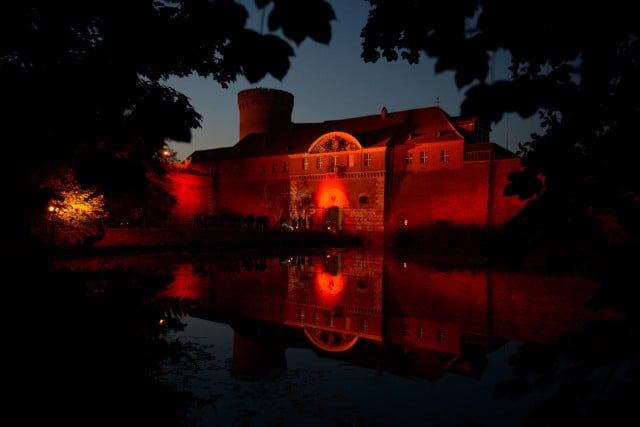
Another of the country’s most iconic ghosts is the ‘White Lady of the Hohenzollern’, who appears in not one, but two locations – the Berlin Schloss and the Spandau Citadel, not too far from the capital.
The story goes that this poor woman is Anna Sydow, mistress of the 16th century Elector, Joachim II Hector. Nearing death, it is said that Joachim asked his heir, Johann, to look after Anna, who had essentially served as his spouse after Hedwig Jagellion, his wife, had badly injured herself.
READ ALSO: 10 odd tourist attractions in Germany you shouldn’t miss
Contrary to his father’s wishes, however, Johann had her active around the impending death of a Hohenzollern male, heralding the death of several significant members of the ruling dynasty. She’s not seen around so much these days, partly perhaps due to the relative lack of Hohenzollern heirs, and partly due to the Berlin Schloss being a noisy building site.
Going down swinging – Burg Eltz, Rheinland-Pfalz
You’ve seen Burg Eltz in a thousand Instagram posts – it’s the epitome of what most think a German castle should be, mixing stone walls with half-timbered protuberances.
Amazingly, it’s been in the same family for over 850 years – a fact they’re very proud of – and has never been taken in armed conflict. This refusal to give in is embodied in the tale of Agnes, the daughter of a 15th Count of Eltz. Promised to a fellow noble as a young girl, when she met him as an adult, she was appalled out how cold and rude he was.
Refusing to have anything to do with him, she sent him packing. Despite his entreaties, she refused to marry him and finally, he laid siege to the castle. Seeing troops pour into the courtyard, she put on a helmet, and breastplate and picked up a sword, throwing herself into the fray.
She inspired the castle’s defenders to repel the attackers, but when it was over, she lay dead, her chest pierced with an arrow. Ever since, the sorrowful spirit of Agnes is said to linger around the castle, especially in the bedroom where a perforated 15th-century breastplate hangs.
A discovery of witches – Burg Werdenfels, Bavaria
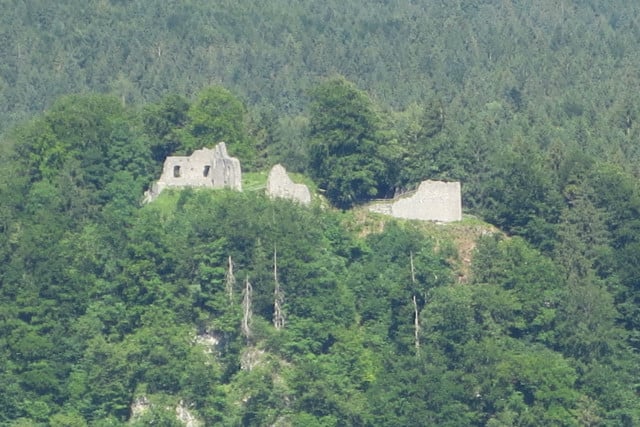
The scenic ruins of Burg Werdenfels, towering over the town of Garmisch-Partenkirchen actually boasts a number of ghost stories, including the ghostly singing of an imprisoned noblewoman. We will, instead, focus on a later, more harrowing event. In the late 16th century, the region was seized by witch hunts, sparked by poor harvests and abrupt changes in climate.
Suspected witches, many of them older men and women, were taken to the castle and imprisoned in appalling conditions, only emerging to be tortured as part of the judicial process.
READ ALSO: Living in Germany: Hurdles for foreigners, worrying Denglish and mapping castles
Some local folktales suggest that the castle was the scene of executions, including burning at the stake, but records are sketchy on this detail. Since then, it is said, Werdenfels became a place with a terrifying reputation, with reports of tormented ghosts roaming the site.
Things got so bad that the site was apparently exorcised, and stones were taken to build a church. Today it’s a rather beautiful, if sad, spot that’s popular with hikers, but I wouldn’t lurk after dusk.
Upstairs, Downstairs – Schloss Ludwigsburg, Baden-Württemberg
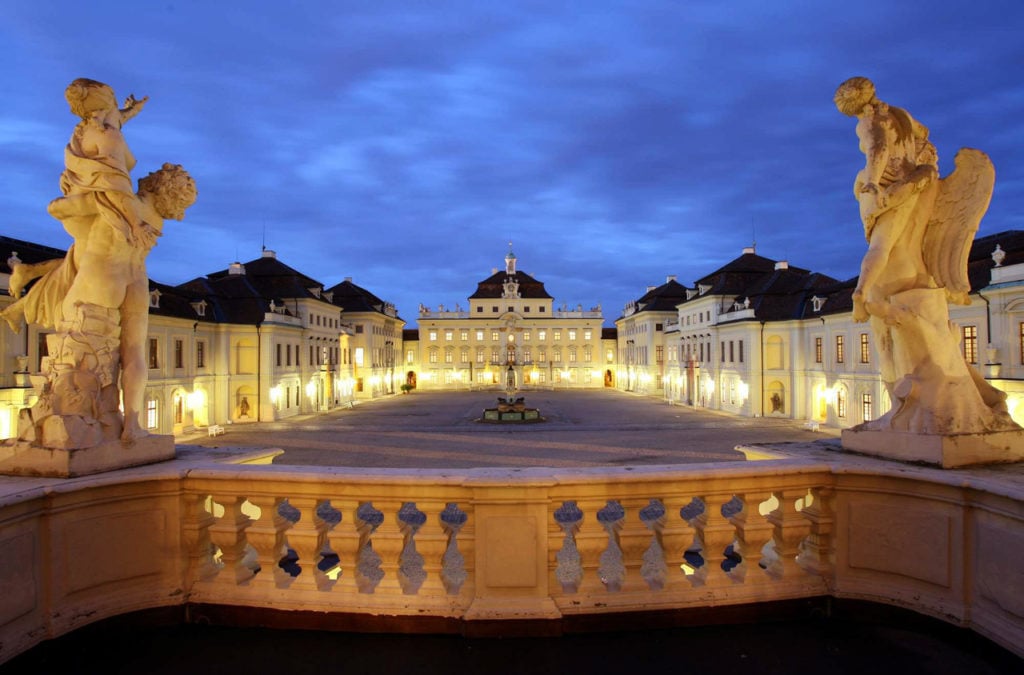
Considering the magnificence and opulence of the baroque palace built by the Dukes of Württemberg in the 18th century, you’d be forgiven for thinking that the place might be haunted by some of the personalities who lived there, such as Duke Carl-Eugen. This larger-than-life figure had big tastes, guzzling food and working his way through the ladies of the court.
However, if you believe the legends and the reports of ‘ghost hunters’, it’s the hired help, not the heirs apparent that haunt the place. Departed servants, hard done by, or just missing the place have been blamed for poltergeist activity, strange noises and one rather spectacular incident in the 19th century, when a guard post of the King of Württemberg was supposedly assaulted by an unseen force, causing patrols to be doubled ever since. Protecting the place, or taking revenge on the place they loathed being in life – you decide!
DISCOVER
• Schloss Schwerin / Lennéstraße 1, 19053 Schwerin
• Spandau Zitadelle / Am Juliusturm 64, 13599 Berlin
• Burg Eltz / 56294 Wierschem
• Burgruine Werdenfels / 82467 Garmisch-Partenkirchen
• Schloss Ludwigsburg / Schlossstraße 30, 71634 Ludwigsburg

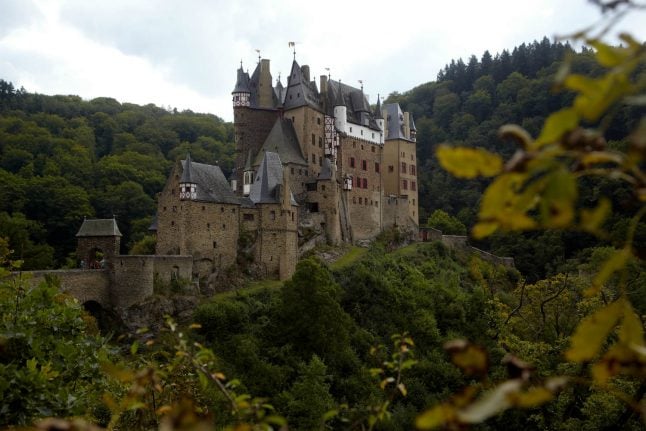
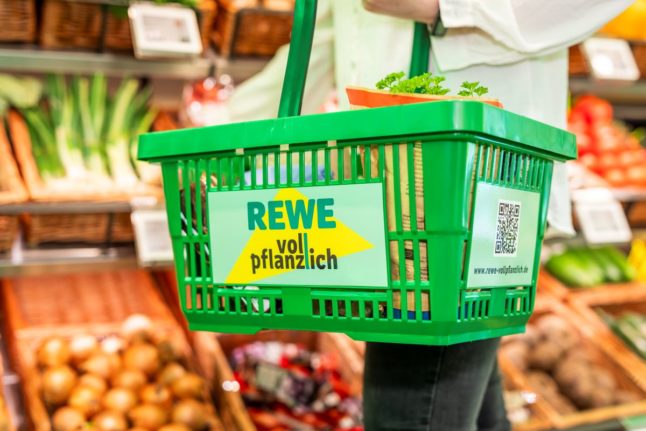
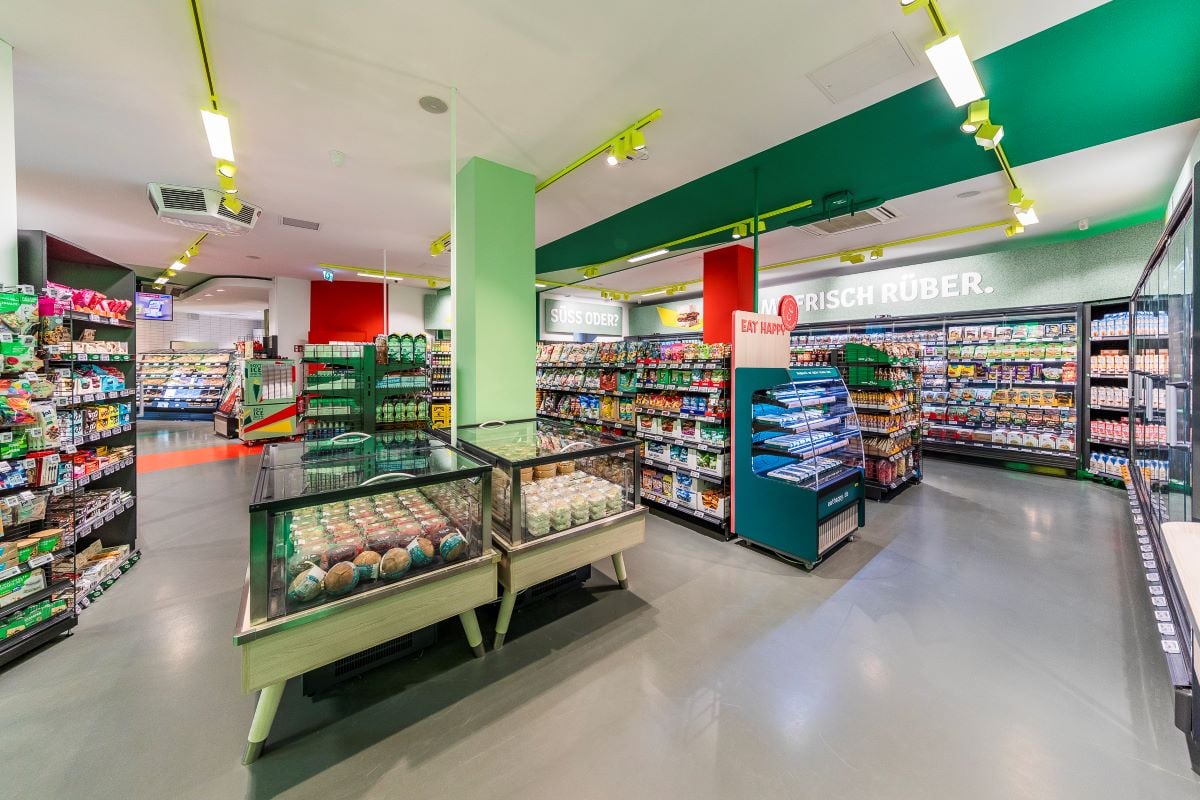
 Please whitelist us to continue reading.
Please whitelist us to continue reading.
Member comments